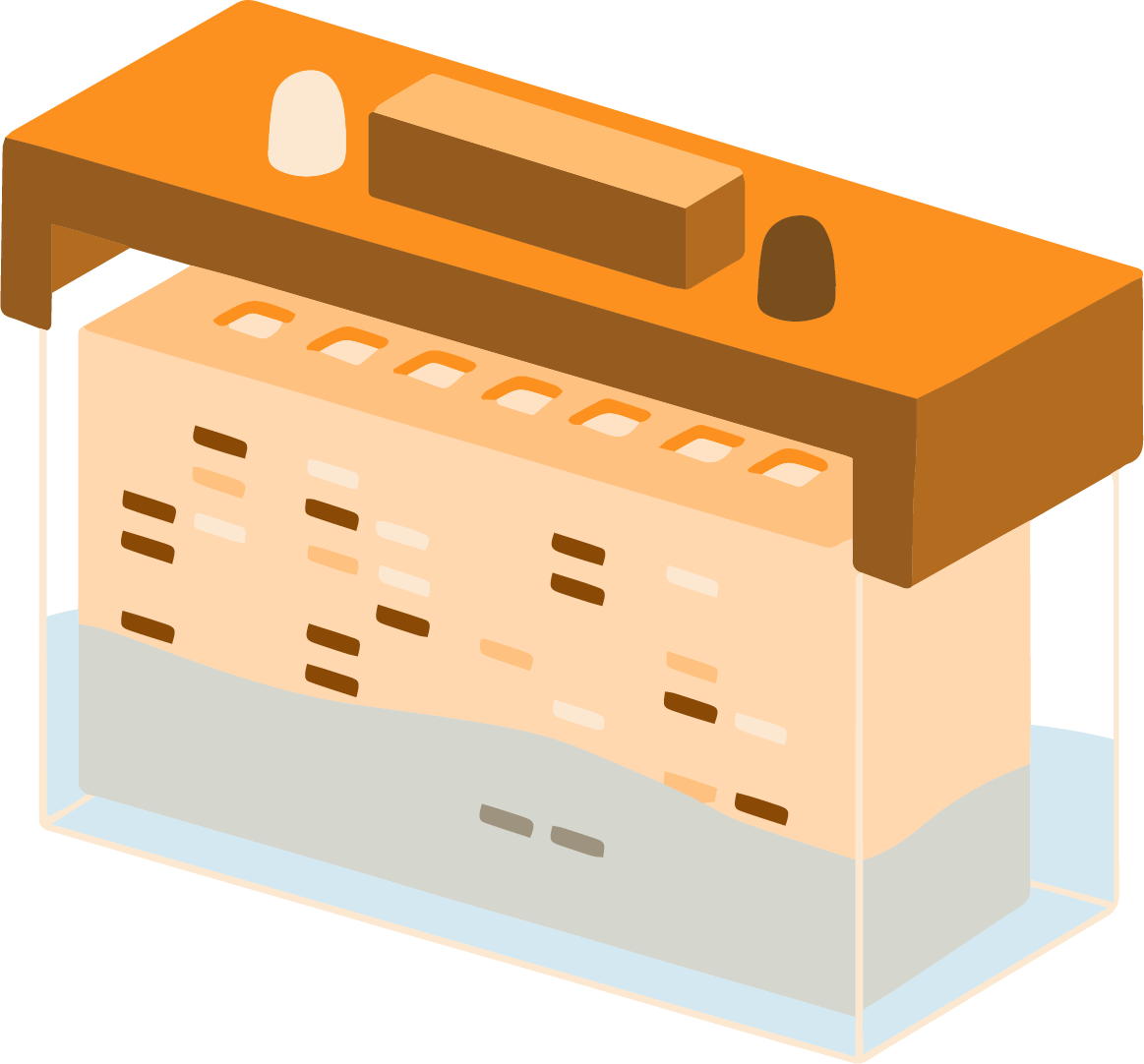Related articles

Nine tips for detecting phosphorylation events using a Western Blot
Being able to follow phosphorylation and aberrant levels is the most important step towards fully understanding key pathological and biological processes, many concerning diseases like cancer. The downside is that the detection of proteins, which have been phosphorylated, is still proving to be a challenge for the researchers.
How to inhibit protein degradation and successful conservation of post-translational modifications during sample preparation?
When the cell membranes get disrupted, enzymes get released. These enzymes can potentially degrade or dephosphorylate proteins. A simple way to stop this process is to always keep samples on ice and make sure, that the buffers are cooled in advance. Furthermore, the addition of protease and phosphatase inhibitors in the lysis buffers can also help.
TP (total protein) probing:
Calculating the phosphorylated fraction compared to the total fraction can be done via an antibody, that can detect the total level of the protein of interest. Following this procedure, you are able to assess the consequences of different treatments and to provide and internal loading control. The easiest way to do it is to multiplex, because you will be able to see the target total and the phosphorylated protein simultaneously.
How to successfully induct phosphorylation?
Sometimes prior to harvesting, the cells have to be stimulated, to ensure that the target protein is phosphorylated. Using EGF to induce this process can ensure that after the treatment, the protein is phosphorylated at the chosen site.
How to select suitable phospho-antibodies?
The most important part of the selection is to ensure, that the antibody only detects the target protein when it is phosphorylated and on the specific target site. Furthermore, ensuring that the antibody detects a band at the right MW for the phosphorylated protein if interest is a must. It's good to remember, that each phosphorylation has an additional 80Da added to the MW of the protein.
Treating phosphatase:
Having a control for phosphor-specific antibodies is important. Usually, treating the lysates with either lambda protein phosphatase or calf intestinal phosphatase is enough. When the antibody is phosphor-specific, no signal should be present after such a treatment.
Types of membranes:
The two types of membranes are polyvinylidene(PVDF) and nitrocellulose. The proteins can be transferred to either one of them. PVDF shine when membrane stripping and re-probing are performed, because of their excellent mechanical structure and strength. This type of membrane has a higher binding capacity compared to nitrocellulose, using it for low abundance phosphorylated targets is preferred. The downside to the higher binding capacity is higher amounts of non-specific binding and background issues compared to nitrocellulose.
Washing explained:
Washing is one of the most important steps in a successful Western Blot. When choosing a buffer to use for the numerous washing steps, note that it can also change the signal/background ratio. The use of TBS buffers has a stronger signal when compared with PBS buffers. Having phosphate ions in a PBS buffer can have effect on the signal, coming from the phosphorylated target.
Samples and concentrations:
Using the smallest amount of lysis buffer to concentrate the sample is recommended. Also, if you know the subcellular location of the target protein, additional steps can be taken. If it is in the nucleus, performing cellular fractionations and only using the nuclear fraction for the Western Blot is highly recommended.
Optimising blocking:
Having the optimal blocking agent is a must. If a phosphorylated target analysis is performed, it is best to go for casein in BSA or TBS. Milk contains proteins, which might interfere with phosphorylated proteins, leading to a high background.
